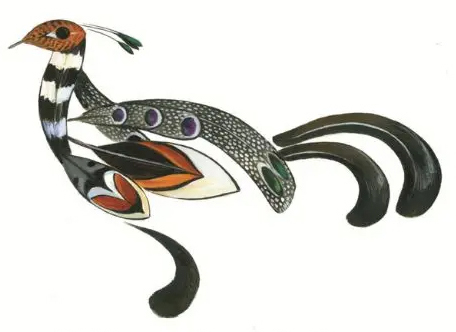Galliformes Specialist Group and Affiliated Societies

Galliformes Specialist Group and Affiliated Societies: Reports and Other Materials
Date of this Version
2000
Document Type
Article
Citation
Published by: IUCN, Gland, Switzerland and Cambridge, United Kingdom and the World Pheasant Association, Reading, United Kingdom, 2000
Edited by: René W.R.J. Dekker, Richard A. Fuller, and Gillian C. Baker
ISBN: 2-8317-0537-1
Abstract
Executive Summary
This Action Plan covers the megapodes, a group of Australasian ground-dwelling birds comprising 22 species found from the Nicobar Islands in the west, through Indonesia, the Philippines, and Australia, to Polynesia in the east. Their habit of nesting on or near beaches, often on small islands, makes them vulnerable to disturbance and egg collecting, and several species are greatly threatened. In 1995, the first Action Plan for the conservation of these species was published and this document provides an update on the current situation. The objectives of this document are to identify the most threatened species within this family (Chapters 2 and 3), and prioritise the conservation action needed to protect them by outlining project briefs for the most urgent cases (Chapter 4).
This plan of action will be distributed to biologists, conservationists, politicians, policy-makers, government officials, educators, planners, grant-awarding bodies, and commercial concerns that are in a position to help. The greatest threats to the future survival of these fascinating birds are over-exploitation of their eggs, loss of forested habitats where they live, and the introduction of unnatural predators. Much can be done at the local level, although national and international support will prove helpful in some cases. This means that the projects in Chapter 4 should be considered by those with local influence in the areas concerned, as well as by national officials and politicians. The full co-operation and involvement of local people is fundamental to the success of any megapode conservation project.
Chapter 1 gives an overview of the megapodes, outlines the major threats they face, and suggests possible ways to help protect them. It is intended as a broad introduction, and will be particularly useful to those unfamiliar with the group and conservation methods in general. Chapter 2 summarises the threat status of each species. The species identified as threatened are considered in more detail in Chapter 3, which gives information on distribution, threats, and possible conservation measures for each species.
Chapter 4 is the most important part of the document, and contains details of practical work that is most urgently required to help protect each of the threatened species. There is a great variety of work proposed, from small-scale surveys suitable for university students carrying out short-term fieldwork, to more in-depth research programmes requiring much greater financial and logistical resources. Governments and politicians can use these larger projects as a basis for high-profile conservation initiatives, either alone or in conjunction with other conservation projects in the region. In any case, we recommend that researchers wishing to undertake any of these projects develop their ideas in consultation with policy-makers, government officials, grant-awarding bodies, and the Megapode Specialist Group.
The Megapode Specialist Group is pleased to report a large increase in the amount and quality of conservation work since production of the first Action Plan in 1995, but many species remain highly threatened and, in some cases, almost unknown in the wild. The Megapode Specialist Group will continue to do its best to stimulate follow up of this Action Plan and will be pleased to advise on its implementation. We look forward to its continued success.


Comments
Copyright: © 2000, International Union for Conservation of Nature and Natural Resources
Permissions: Reproduction of this publication for educational or other non-commercial purposes is authorized without prior written permission from the copyright holder provided the source is fully acknowledged. Reproduction of this publication for resale or other commercial purposes is prohibited without prior written permission of the copyright holder.